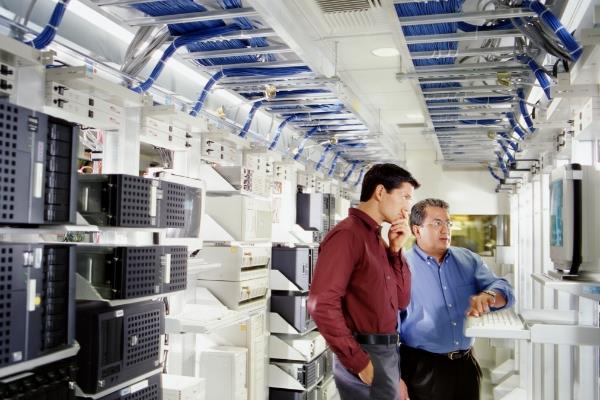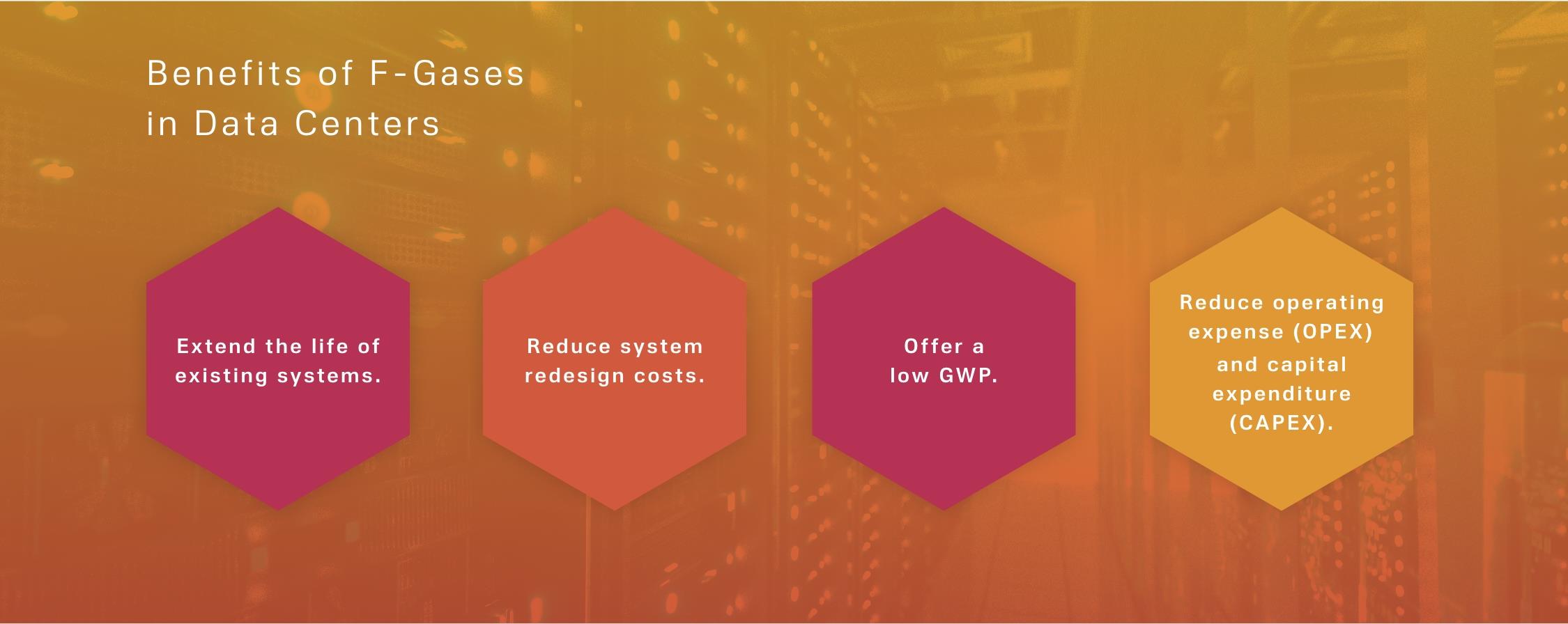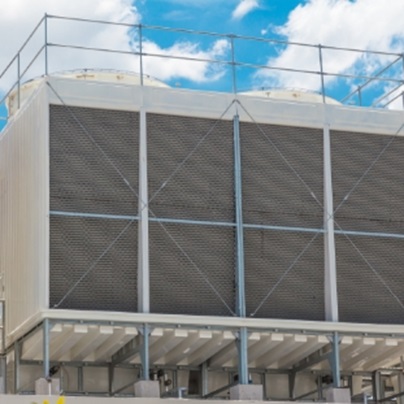Data Centers
Fluorinated Gases Enable the Digital Transformation
 Fluorinated gases (F-gases) have critical applications in large-scale temperature control. This contributes to the ongoing digital transformation, particularly by cooling data centers and protecting them from fire hazards.
Fluorinated gases (F-gases) have critical applications in large-scale temperature control. This contributes to the ongoing digital transformation, particularly by cooling data centers and protecting them from fire hazards.
Large data centers use massive amounts of energy and water to process and store data. The Internet of Things (IoT) cloud computing and smart technologies are expanding data center installations and in turn, expanding demand for data center cooling. F-gases play a critical role in air cooling for server applications.
F-gases are vital to ensuring the sustainability of the digital transformation.
Fluorinated gases are critical to facilitating the next generation of technology and are a driving force for the European Union (EU)’s Digital Transformation. Moving further into the digital age, the EU will need improved energy efficiency and low-water use cooling technologies for next-gen data centers, which use massive amounts of energy and water to process and store data. Low global warming potential (GWP) f-gases enable new technologies, such as two-phase immersion cooling (2-PIC), which can reduce data center cooling energy consumption by more than 90% and nearly eliminate water use, reducing operating expenses. In addition, 2-PIC simplified cooling structure supports reduced capital expenditures by enabling up to a 60% reduction in the physical data center footprint, while ensuring optimum cooling capabilities to support next-generation high-performance computing applications. Immersion cooling with f-gases is also uniquely positioned to allow waste heat recovery that could serve nearby residential, office, and industrial facilities.
 What are f-gases?
What are f-gases?
F-gases are an innovative class of chemical solutions comprised of low and ultra-low GWP hydrofluoroolefins (HFOs) and HFO blends. These products have improved environmental properties, offering significantly lower GWP than legacy products and no ozone depletion potential. Given the growing threat of climate change, innovative hydrofluorocarbon (HFC) and HFO alternatives have been developed to replace legacy hydrochlorofluorocarbons (HCFCs) that have relatively high GWPs and ozone depletion potential as well as high GWP HFCs . F-gases have undergone rigorous and data-intensive global regulatory approval processes (e.g. US and EU) and have been deemed safe for their intended uses throughout their entire lifecycle.

Critical F-Gas Applications in the Data Center Industry:
-
Large-scale temperature control:
F-gases contribute to the ongoing digital transformation, particularly by cooling data centers and protecting them from fire hazards.
-
Waste heat recovery:
2-PIC technology also enables waste heat recovery that can be sent to district heating facilities.
-
Fire risk reductions:
F-gases used in 2-PIC are also non-flammable, so they can reduce fire risk compared to air cooling or single-phase immersion cooling, which uses combustible oils.
-
Improved lifetime and performance:
2-PIC with f-gases also leads to much cooler chips, which not only increases their lifetime but also provide the opportunity for overclocking.











